|
Recently I saw an wonderful exhibition of Tsugaru koginzashi kimono from Aomori prefecture at the Amuse Musuem in Asakusa, Tokyo. This museum is where textiles from the collection of Chuzaburo Tanaka (1933-2013) are housed. Tanaka was a folklorist researcher from Aomori Prefecture, the northernmost prefecture of Japan where the distinctive form of kogin sashiko was born. For close on fifty years he researched the life and customs of ordinary people, visiting villages and remote areas to research and talk to elders, and in the course of this he amassed a huge collection of items that told about life in the past. The collection contains 786 items of sashiko clothing that are designated as Important Tangible Folk Cultural Properties by the Japanese government. Thirty-three of these are currently on display in this exhibition of Tsugaru koginzashi. The climate of Aomori is extremely cold, too cold for growing cotton, which is why the common people grew hemp to weave into fabric for making clothing. Everything in fact, from underwear to babies’ nappies and futons, had to be made from hemp. The Tsugaru and Nanbu clans that ruled Aomori forbade common people from using silk or cotton—expensive items that had to be shipped in from other regions—and what’s more forbade them from using more than one layer of fabric to make their clothes. Hence this technique of densely stitched sashiko was born of the necessity to make what little cloth they had at their disposal, as strong and warm as possible. The major difference between Tsugaru kogin sashiko made in the Tsugaru domain (the Japan Sea coast side) and Nanbu Hishizashi from the Nanbu domain (on the Pacific coast side) is the use of colour. When a railway was extended to the Nanbu area in the late 19th century, coloured thread was brought into the area, and its use permitted by the feudal lord. In the Tsugaru domain, however, the lord was a lot stricter and the use of coloured thread was forbidden. This exhibition displays the blue and white sashiko from the Tsugaru region, but from January 29 next year there will be an exhibition of colorful Nanbu sashiko. This Tsugaru exhibition is open until September 9th. What a contrast these kimono are to our current era of fast clothing! As I walked around looking at each one, I was overcome by the thought of how much time went into making them, and how they were treasured—and still are—for years and even decades after being made. The sleeves on this piece, which was made sometime after WWII, are tapered for ease of movement. This was the only kimono to be stitched with kogin sashiko on the upper part, and hitomezashi (one stitch sashiko) to strengthen the fabric on the lower section. This kimono was worn by a woman from a farming family from Hirosaki. Longer in length than daily working wear, it was made for use on special occasions. The stitching almost looks like lace! These kimono were originally stitched with white thread which was then dyed blue. Tsugaru sashiko apparently has more than 200 geometrical patterns. I haven’t done kogin sashiko myself so I’m not familiar with the names of the patterns, but you can see from these photographs how intricate and varied they are. If you happen to be in Asakusa, Tokyo before September 9th, I do recommend this exhibition!.
3 Comments
|
Watts SashikoI love sashiko. I love its simplicity and complexity, I love looking at it, doing it, reading about it, and talking about it. Archives
September 2022
Categories
All
Sign up for the newsletter:
|



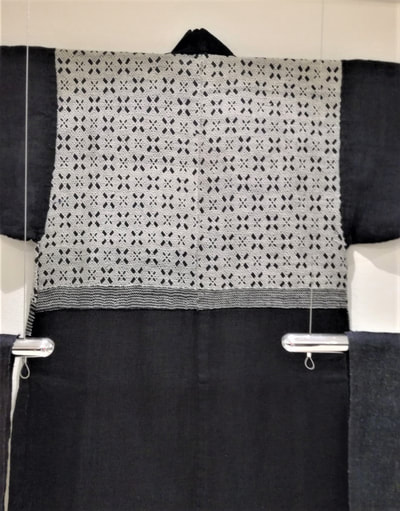
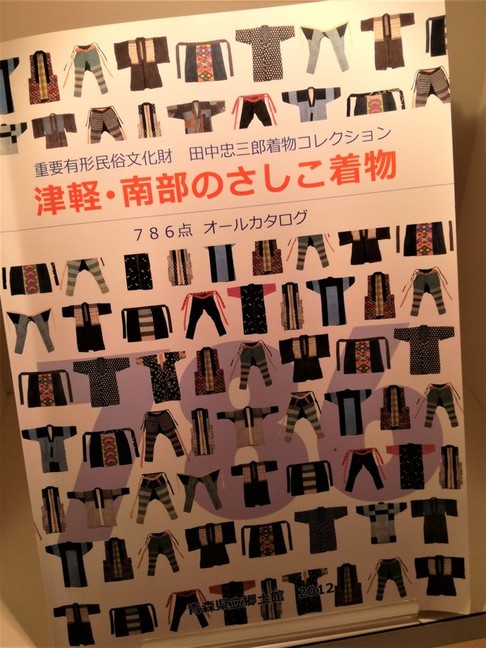
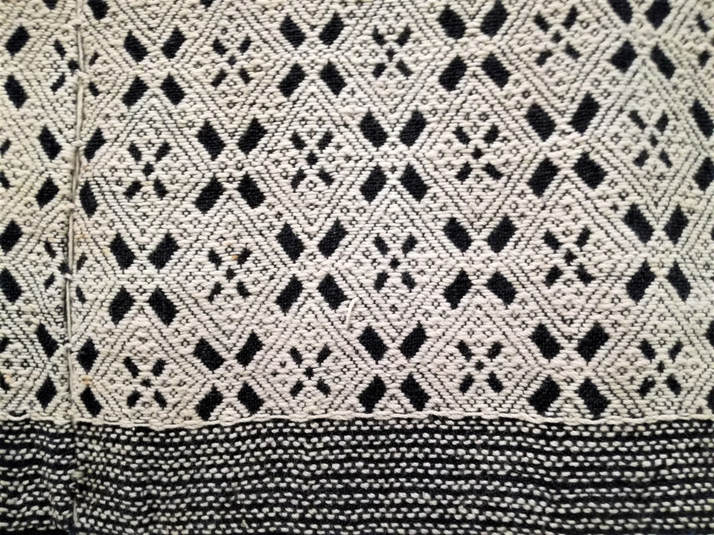

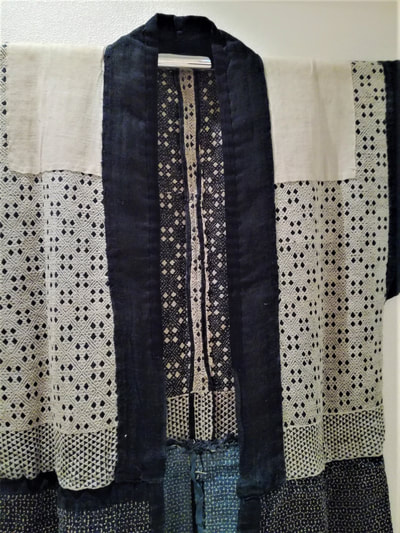

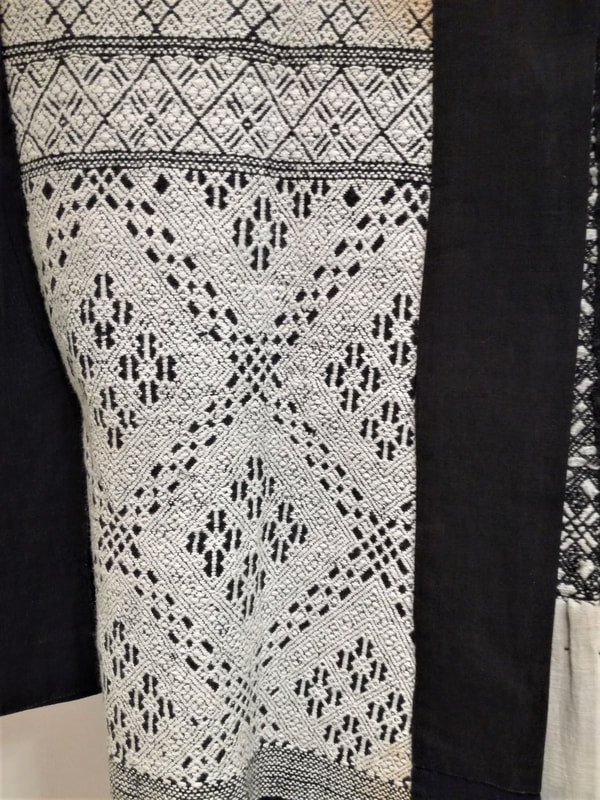


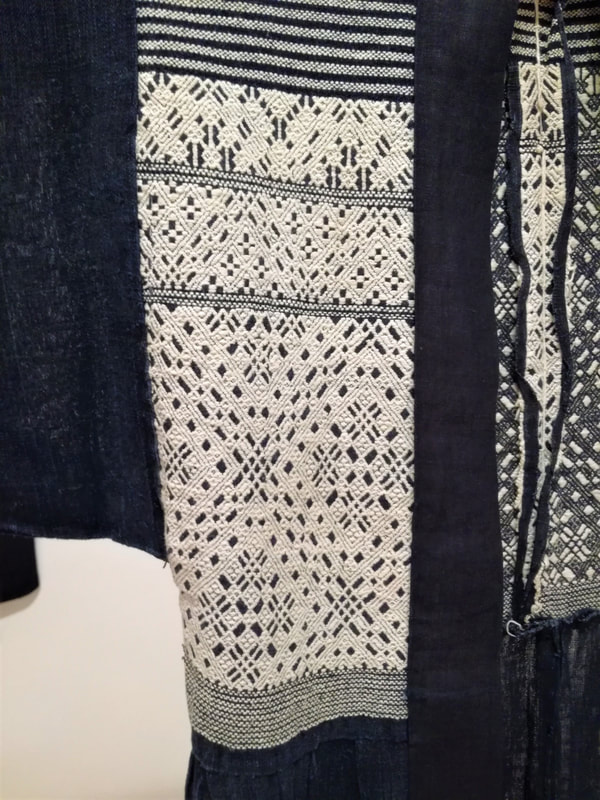
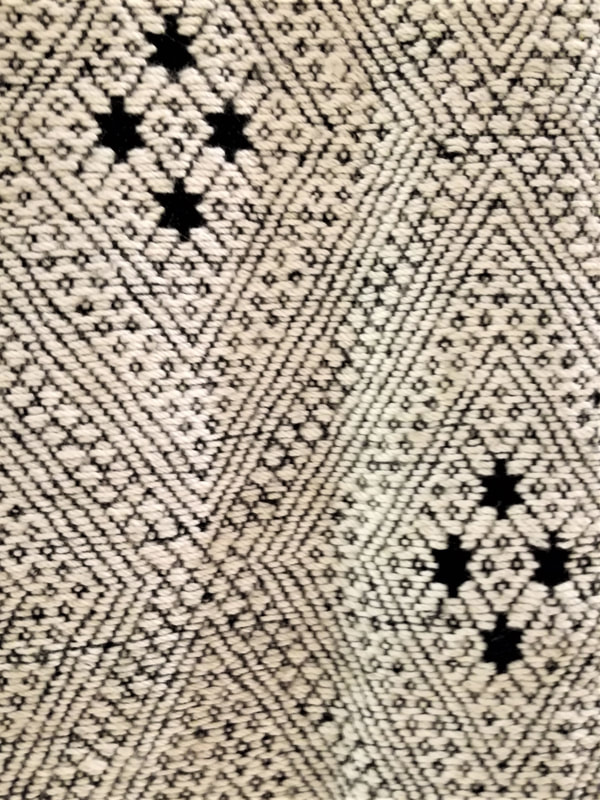


 RSS Feed
RSS Feed



